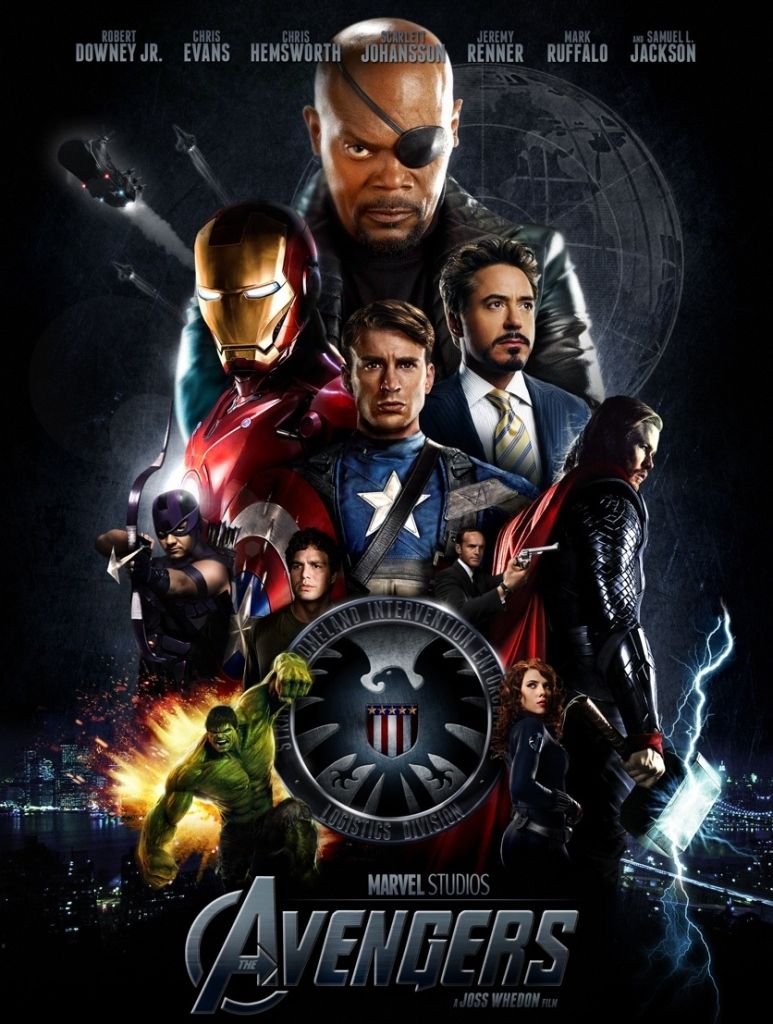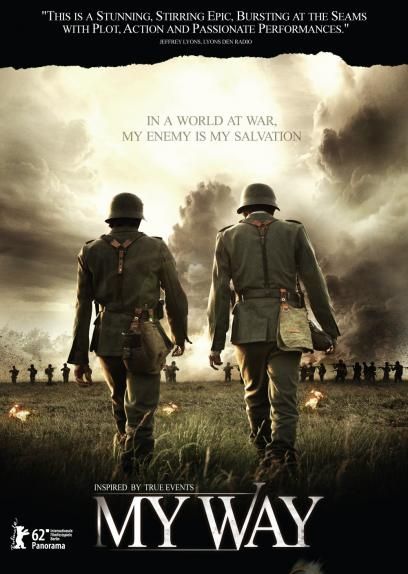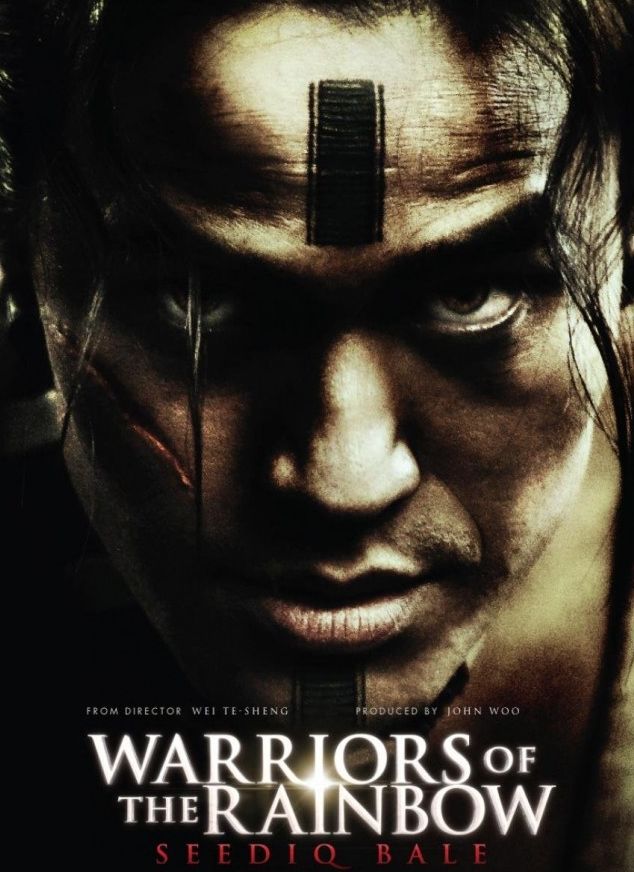The 21st century has ushered in a golden era for
superhero movies, thanks in large part to advances in computer graphics
technology (CGI) which made such movies possible. The ‘X-Men’ and ‘Spiderman’ trilogies paved
the way, to be followed by ‘Batman’ and others too numerous to mention. Nary a summer would go by without Hollywood
shoving at least 2 or 3 superhero movies down our throats, to the point that
many bemoaned that they suffered from ‘superhero fatigue.’ Then along came ‘The Avengers,’ directed by
uber-geek director Joss Whedon, or ‘The Mighty Avengers’ to you comic purists.
Like the uncanny X-Men, the mighty Avengers is a team of
super-powered individuals created by the legendary Stan Lee, founder of Marvel
Comics (make mine Marvel!). The
challenge in making a superhero ensemble movie like ’The Avengers’ is that you
lose focus on any one superhero because you have to give every member of the
team his or her due. The X-Men worked
largely because of the charisma of its central characters, Charles Xavier and
Logan (aka Wolverine), which provided the anchor point for the other
characters. By contrast, it didn’t work
so well for ‘The Fantastic Four.‘ With a
roster full of egos like Iron Man, Captain America, Thor and Hulk, how is Joss
ever going to make this work?
As it turned out, our worries are unfounded because Joss
proved to be the perfect director for a movie like this. As he had shown us before with ‘Buffy the
Vampire Slayer‘ and ‘Firefly,’ he has a particular knack for dealing with group
social dynamics. He orchestrated the
interpersonal conflicts among The Avengers like a true maestro, be it the
world-weary cynicism of Iron Man versus the patriotic idealism of Captain
America or the testosterone-charged, ‘king of the jungle’ pissing contest
between the Son of Odin and the not-so-jolly green giant. Nick Fury (played be Samuel L. Jackson) was
the Xavier of this movie, tasked with the seemingly impossible job of knitting
this group of disparate and egotistical heroes into a unified and well-honed
fighting force to repel the evil machinations of the scheming Loki, who struck
a deal with a nefarious alien race known as the Chitauri to invade earth and
subjugate mankind.
‘The Avengers’ puts the capital E in epic superhero movies,
brimming with super-powered action and superhero kickassery. Even at two and a half hours there’s never a
dull moment, for when our heroes are not fighting Loki or his evil alien army
(or among themselves), Joss Whedon sprinkles the movie with the witty
quips and one-liners he’s so well known for.
You can’t help but smile when in one memorable scene Thor tried to
reason with his adoptive brother Loki, and Tony Stark swoops in on their little
chat with: “Shakespeare in the park?”
And what’s a Joss Whedon movie without a few femme
fatales for the geeks who can’t get a date?
Scarlett Johansson was great reprising her role as the ‘Black Widow’
from Iron Man 2, but it was ‘How I Met Your Mother’ alum Colbie Smulders (and
yes, her beauty does smolder) who IMO stole the few scenes she was in as S.H.I.E.L.D. Agent Maria Hill, most notably the opener where she went after
Loki making off with the Tesseract.
With such panache and oodles of flair, including an
oh-so-cool flying aircraft carrier, The Avengers truly set a new standard in
the superhero genre. The extended,
chaotic battle royale in New York City in which our intrepid heroes fought off
legions of invading Chitauri (not to mention the ineptitude of our own
politicians) is alone worth the price of admission. This movie is not to be missed.
10 out of 10 (Joss goes
2 for 2!)



